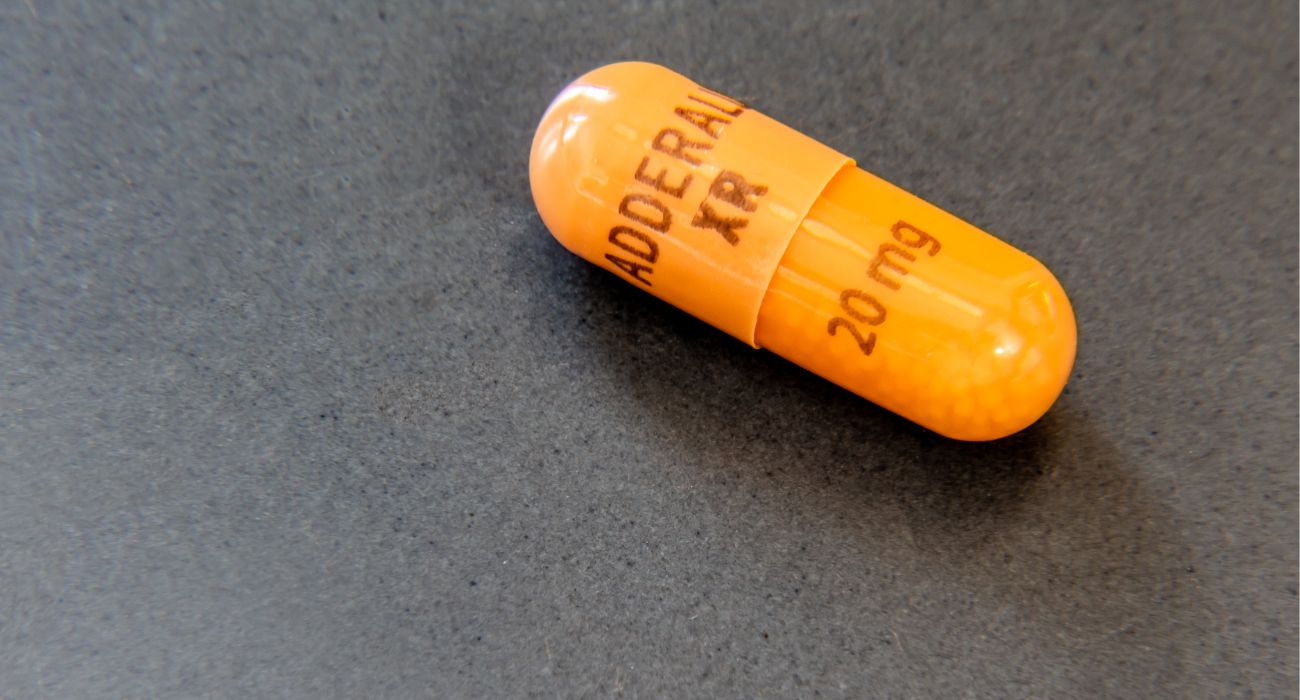Drug shortages have become an increasingly common problem in the United States, leaving patients, doctors, and lawmakers scrambling for solutions.
The University of Utah’s Drug Information Service reports that the number of medications experiencing shortages is higher than it has been since 2014, per the American Society of Health-System Pharmacists (ASHP).
According to a DIS investigation, the first quarter of this year has seen a total of 301 active national drug shortages, per AP News. This indicates a 49% increase from the same period in 2018.
Delaying treatment or switching medications are not always viable answers to shortages, such as in the case of chemotherapy.
As such, drug shortages are challenging many health providers.
Supply issues can occur for a variety of reasons. These include unexpected surges in demand, quality or regulatory problems, shipping delays, issues acquiring raw ingredients, and pharmaceutical decision-making, per ASHP.
As The Dallas Express reported in March, medications for treating attention-deficit/hyperactivity disorder, such as Adderall, have been in short supply.
The reason for this is twofold.
Firstly, there have been manufacturing problems.
These reportedly stem from the pharmaceutical companies purposely not ordering high volumes of ADHD medication since their profit margins tend to be low, per AP News.
The COVID-19 pandemic also restricted exports of several active ingredients from national suppliers like China and India needed to manufacture the drugs.
Secondly, ADHD medications have seen heightened demand over the past few years as diagnoses historically centered on children rose among adults.
For instance, in the first year of the COVID-19 pandemic, prescription fills increased by 11% among adults ages 22-44, per the CDC.
Surging demand is also behind the shortages faced by Ozempic and Wegovy, injectable drugs used to treat diabetes and lose weight.
Appearing on the market in 2021, these medications offered an effective treatment for those with diabetes, a metabolic disorder that is growing more and more prevalent alongside climbing obesity rates.
The CDC expects there to be a nearly 700% jump among young Americans with Type 2 diabetes — totaling approximately 220,000 people under the age of 20 — by 2060.
As The Dallas Express reported, diabetes affects roughly 2.6 million people in Texas, while another 621,000 are believed to have the disorder have yet to be diagnosed. Additionally, the CDC estimates that over one-third of the state suffers from pre-diabetes.
While Wegovy was marketed for weight loss, Ozempic was branded for diabetes management, as Stephen Schondelmeyer, a professor of pharmaceuticals at the University of Minnesota, told AP News. Yet the high markup of Wegovy led to those looking to shed some weight turning to Ozempic.
“They’ve been having a run on Ozempic because people don’t want to spend that much on Wegovy,” Schondelmeyer explained to AP News.
The prescribing of these medications by physicians then contributes to the shortages.
Yet another drug facing shortages is Amoxicillin, which is used to treat bacterial infections such as pneumonia and bronchitis.
Like Adderall, Amoxicillin suffers from business decision-making because it has low profit margins for pharmaceutical firms.
At the start of this year, increased demand for Amoxicillin drove a supply shortage, per the FDA.
As The Dallas Express reported at the time, firms like Hikma Pharmaceuticals had to begin rationing their Amoxicillin to meet demand.
Concerningly, once a drug shortage emerges, it can persist for years, per AP News, and obtaining reliable information may be difficult since there is no legal obligation for drug manufacturers to provide updates to the public regarding drug shortages.
Predicting the resolution of drug shortages can also be challenging due to the difficulty in measuring demand. Plus, supply chain deficiencies are difficult to foresee.






